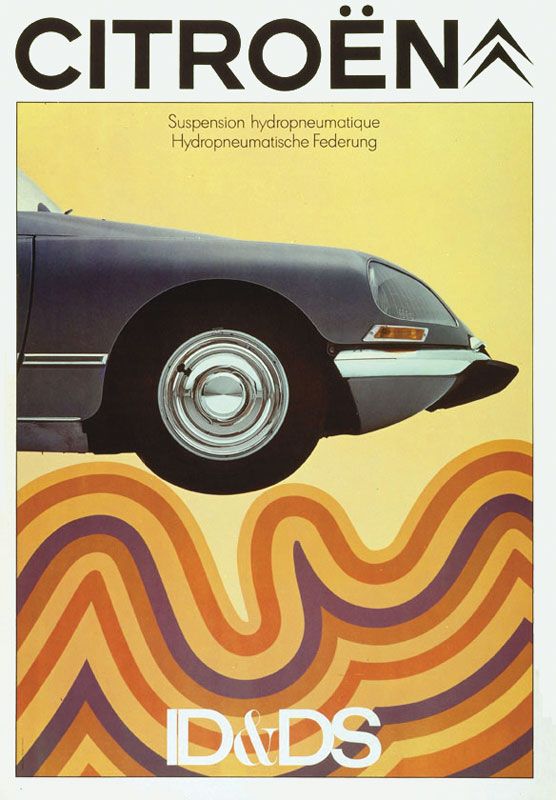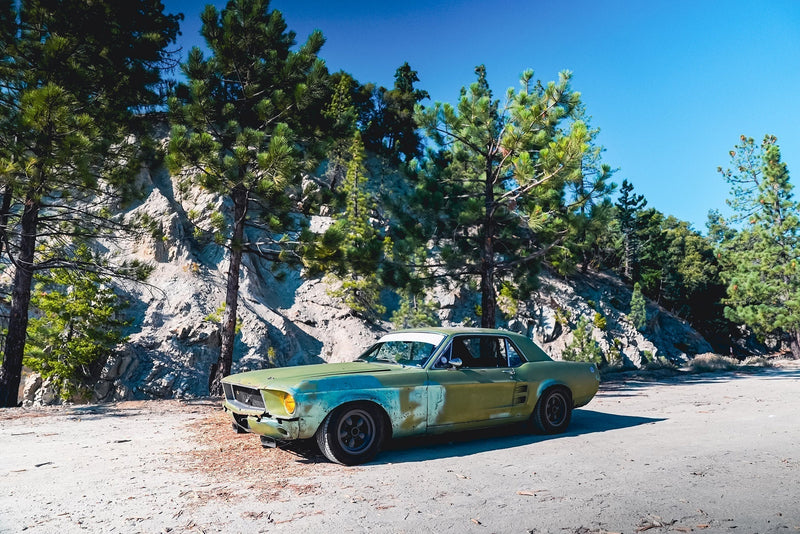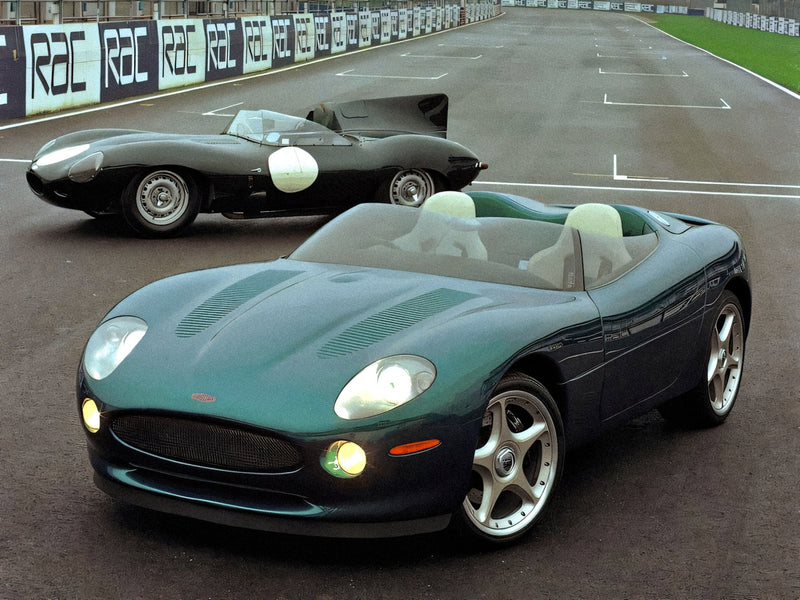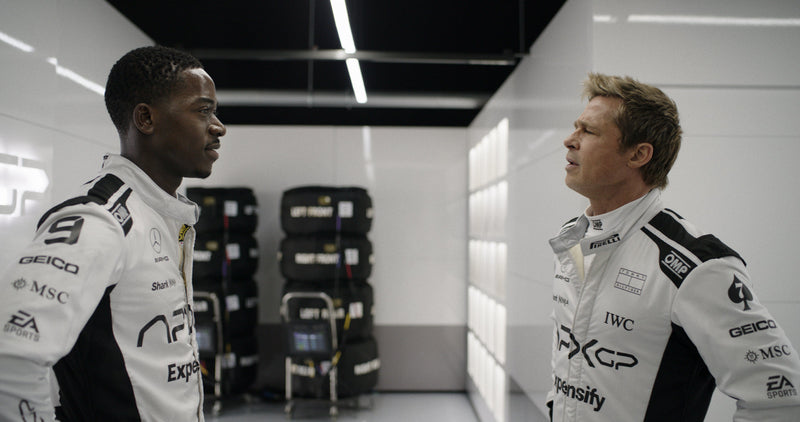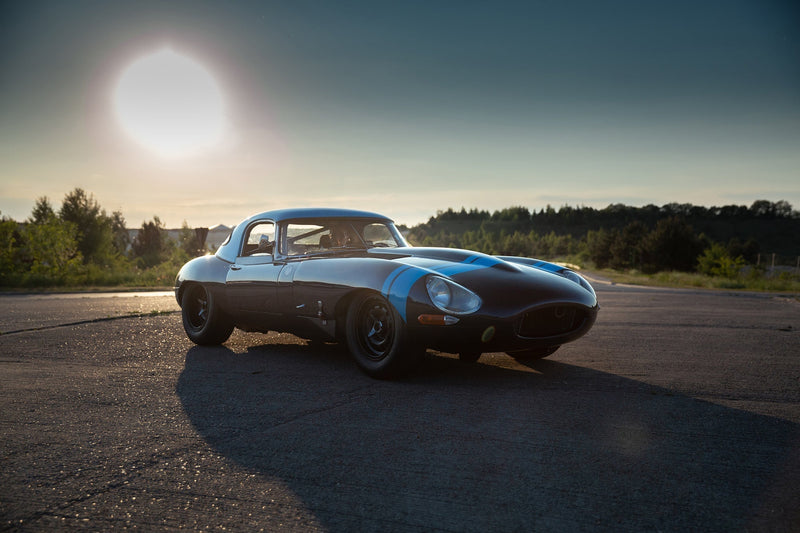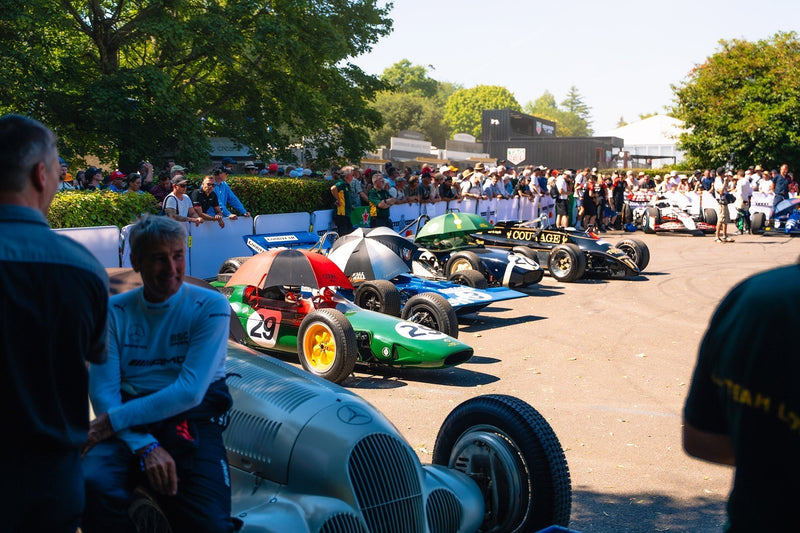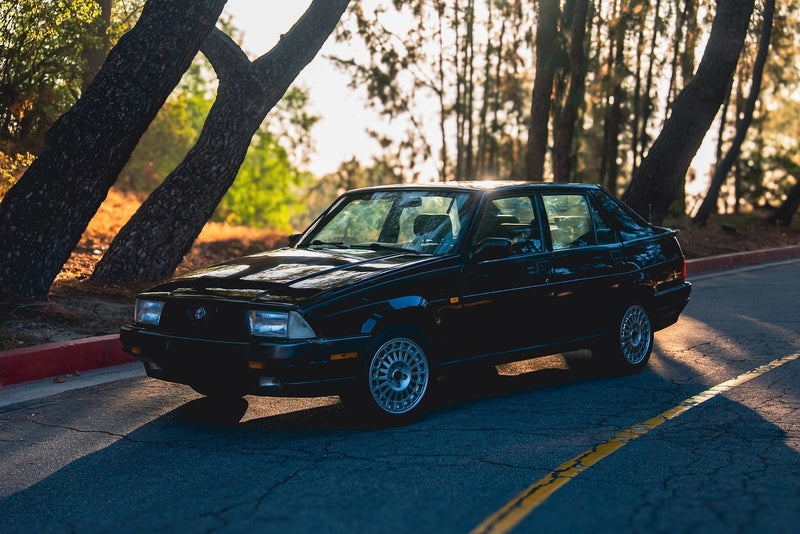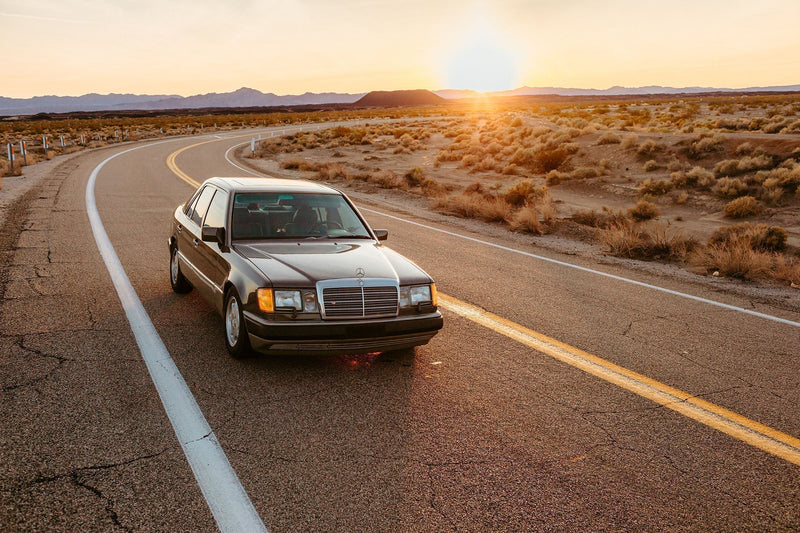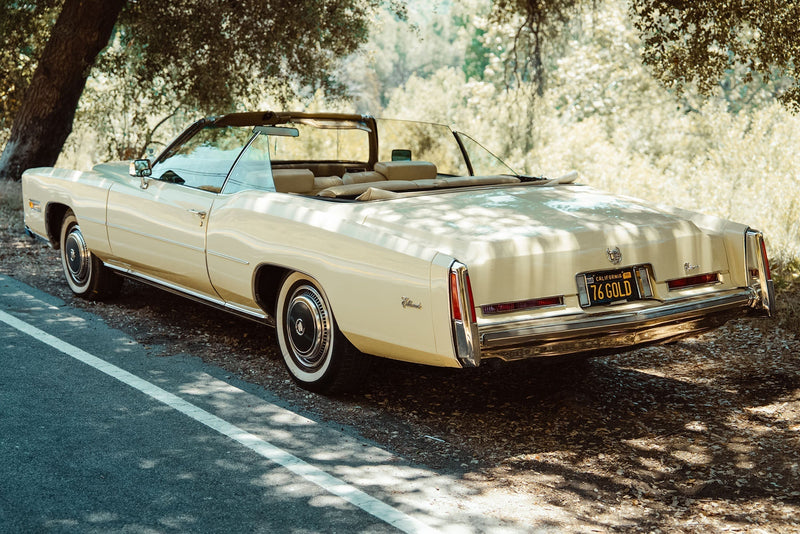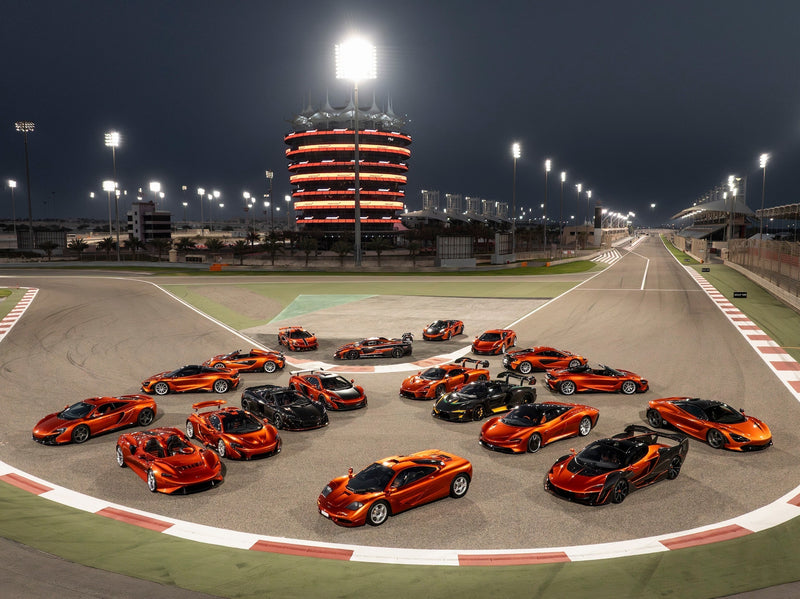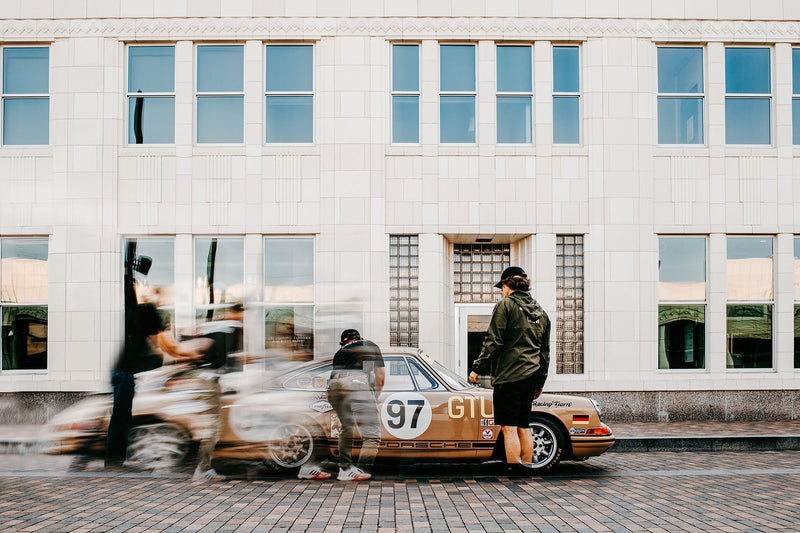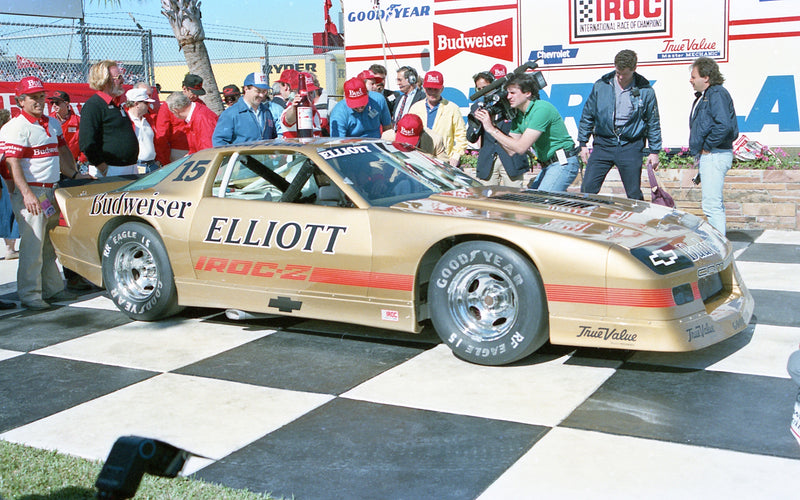In his eloquently written 1957 book Mythologies, the French philosopher Roland Barthes dedicated an entire essay to contemporary cars and referred to them as “the exact equivalent of the great Gothic cathedrals.” What an audacious act it was, to elevate mundane objects to the realm of magical symbolism—Barthes was convinced that he could place cars on the same pedestal as some of the most spectacular creations in human history. For those less enthusiastic about automobiles, this comparison might seem like a pretentious exaggeration, but to a petrolhead like me it gets at an interesting concept: that maybe the French, a people long enamored with books and art and culture, couldn’t just accept a new means of transportation without attributing a very clear intellectual significance to it. The car was an item ripe for philosophical interpretation, its function much more important than the appliance in your kitchen.





I vividly recall the first time I crossed the French border some five years ago. I couldn’t help but notice a significant change in the road-going scenery; if German streets were popping with an incredibly variety of marques and models, the French seemed to prefer—surprise, surprise—the cars that they built: Citroën, Peugeot, and Renault. I quickly came up with a game to count which one would be the most popular, and while I unfortunately can’t recall the outcome of the tallying, I learnt to what extent French people appreciate their cars, how they seek to emphasize them in life, and, of course, what the function of advertising is in this rather homogenous market.
You might instantly think about the notorious Citroën DS model (meaning “déesse” or a “goddess,” the choice of name speaking for itself), dubbed as one of the most beautiful cars ever created. It doesn’t come across as a surprise that it was a point of departure for Barthe’s musings. Beauty was—and still is—one of the main aesthetic criteria for French design, and it doesn’t really matter if we talk about clothes, architecture, or cars. From the very beginning of the company, Citroën’s advertising was adapted to convey one special quality that all of the other European manufacturers could envy: that unexplainable French allure and sense of style, characterized by the nonchalant je ne sais quoi.





Knowing where their advantages lay, French cars were rarely advertised for their horsepower, their performance, or really most any other attribute related to the technical aspects of the automobile (that said, the Citroën DS pioneered a number of engineering advances). For the French though, simply listing off what the cars could do was too straightforward and boring. Instead of going in depth about the novel suspension on the DS for instance, it was rather a sense of comfort (a “feather-soft ride”), elegance, inherent style translated into voluptuous forms that were the focus of the advertising. Rapidity took a backseat to comfort, grace, and the less tangible elements of style.




Often advertised with the Eiffel Tower in the background, a Citroën was modeled to seduce and attract, to promise insouciantly luxurious rides in the most beautiful locations, to deliver a sense of French joie de vivre, and to put it simply, just symbolize a better life. The car was “an adventure in itself.” Even in later generations, the car still acted as a cultural object, but this time a notion of luxury was swapped out to attract a new crowd: a comfortable car was supposed to serve all needs of a young, rebellious generation. Often painted in bright colors, it reflected the frenzied characters of their drivers, determined to change the world and create a new revolution. Today the faded pastel hatchbacks aren’t so exciting, but squint a little and you can see how they may have been received better back then.


Like their countrymen at Citroën, Renault and Peugeot also had quite particular narratives built around them. For example, in the 1930s Renault was described as a French car par excellence, and it was especially praised for its unrivaled quality, style and speed (a first place in the Monte Carlo Rally was quite an indicator and means of proof of this). The car’s very essence acted as an ambassador of French virtues, but Renaults had to become smaller and smaller in order to respond to the necessities of the times.
According to the advertisers of these compact French cars, they are meant for pleasure without creating a drivable yacht that’s damned to become a nuisance in the streets. This philosophy couldn’t be further from the American manufacturers’ at the time, which created impressive cars with incredibly long and heavy bodies like the Cadillac DeVilles—not the easiest object to parallel park in Paris! The early Peugeot compact cars were easy to park, easy to drive, and beautiful to look at (unless we’re talking about the 1980s and ‘90s…). With that ground covered, was there anything more an urbane European could want?


The country is known for being rather “into itself” let’s say, however it would be a mistake to think that the French were too self-absorbed to pay attention to what was happening outside their borders, and they were sure to make some comparisons. The Peugeot 504 was advertised for instance as having Italian style, international (read: American) muscle, but most importantly, it had a French soul. In society’s eyes, Peugeot was a practical, less elegant counterpart to the more whimsical creations of Citroën, but what a Peugeot lacked in refinement, it compensated for in usability, suited to cramped city corridors and bouncy country lanes alike.




Advertisers had a jolly time of stacking up the beloved French marques to their rivals; while Citroën boasted about having more space than a Porsche (an odd point of comparison, considering Porsches were not known for their cargo space), the Renault 18i was supposed to “match BMW 320i on track” and “beat Toyota Celica at the gas pump,” whereas it took all twelve cylinders from a “Jaguar XJ12 to beat the new Renault 5.” So even if it might look as if the French were romantic dreamers eager to translate their insouciance into their automotive offerings, they were always paying attention to the wider landscape of the automotive world.
Indeed there’s a whole mythology constructed around French cars. They are quirky, they approach the nature of the automobile differently than the Germans or the Americans or the Japanese, and while the evidence might be less visible nowadays, the legacy is still there—just look at the Citroën C4 Cactus. French people are often linked with difficult attitudes and temperaments (which is not necessarily accurate), but their life philosophy is heavily based on simple living and an ingrained appreciation for beautiful things. This naturally extends to the cars they build—surely they’ve come up with some ugly duds though—and although their parking habits might suggest otherwise, the French really do love their cars.



